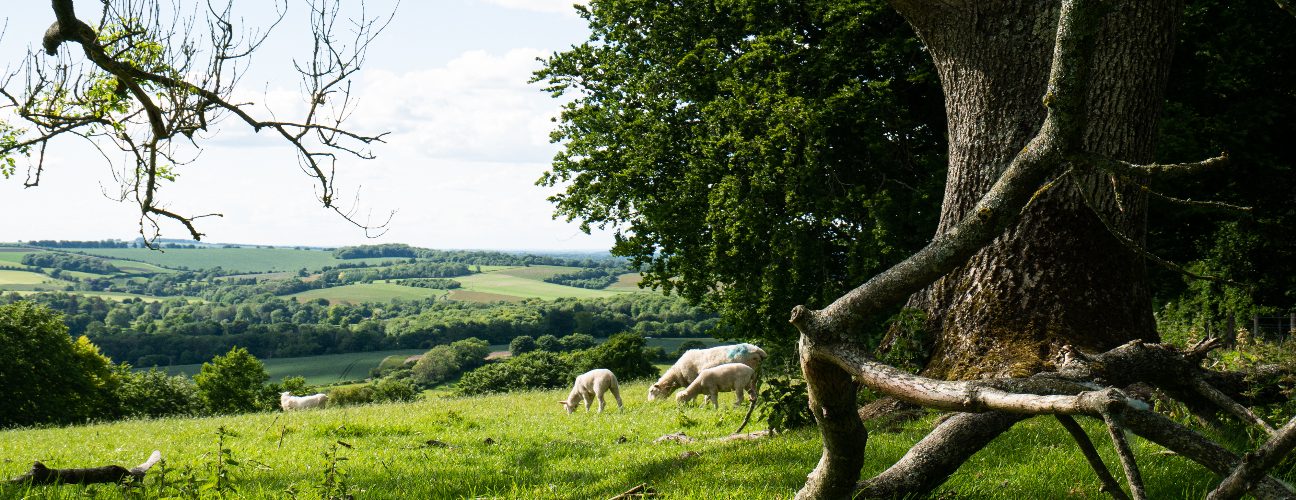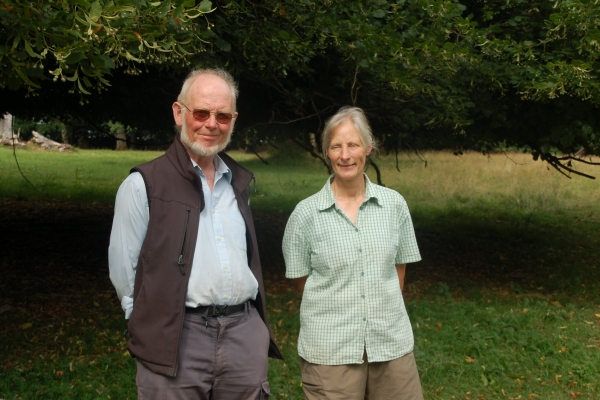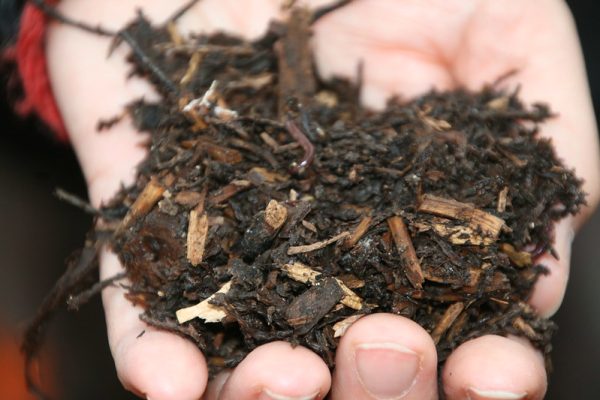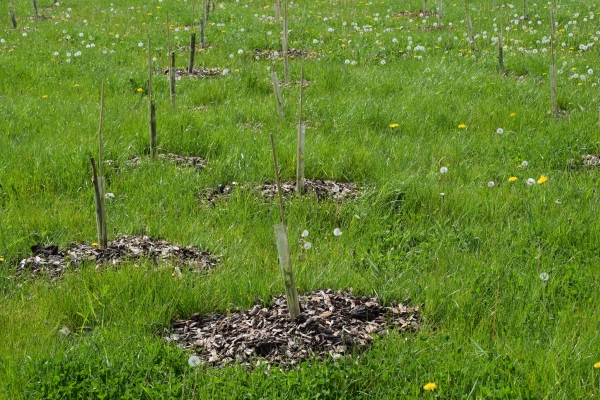A Farmer’s Guide to Ash Dieback
Six Simple Steps to identifying, assessing & managing Ash Dieback
Resource explained
Ash trees provide many benefits to farm businesses and nature including preventing flooding and soil erosion, protecting watercourses, forming shelterbelts to help reduce spray drift and run-off, providing habitats for pollinators and crop pest predators, and providing farm business diversification opportunities. LEAF developed this practical guide in close collaboration with Defra and Forest Research with input from the University of Exeter and Fera. It outlines six simple steps to help you (farmers and landowners) identify, assess, and manage ash dieback. It has useful sections on wider health and safety issues, legal obligations around felling, and ways to reduce costs associated with managing ash dieback.
The guide sets out two phases:
1. Responding to ash dieback
2. Recovering from ash dieback There are six steps within these phases.
Findings & recommendations
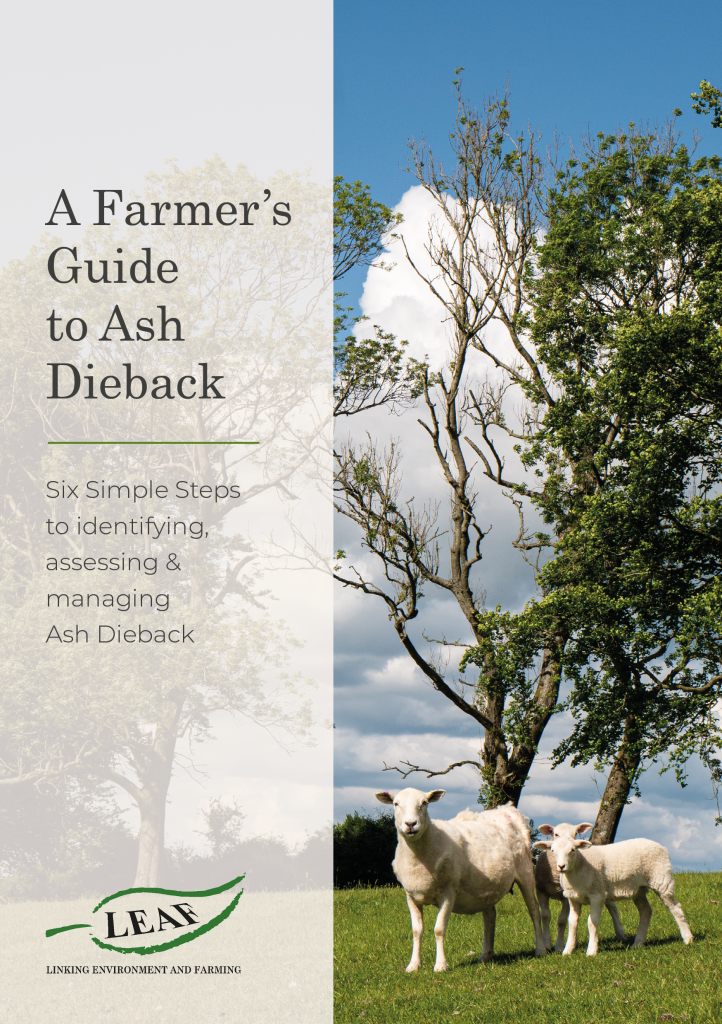
- The six steps that the guide is framed around cover identifying and assessing ash dieback on your farm, protecting yourself and others, preparing to act, taking action, protecting trees, and restoring trees on your farm.
- If you have ash dieback, you will need to be proactive and take action. However, felling should be the last resort. Start with mapping and monitoring your ash trees, recording the state of the trees. Then seek advice, inform yourself about statutory obligations, and manage the trees where necessary.
- Acting on ash dieback can mean many things. Monitoring and recording your trees is one way to protect yourself and your business against liability claims. Leaving the trees is the desired option where possible. However, in some cases you will need to undertake work on the tree. The guide outlines considerations and options if tree works are required.
- Acting early can reduce costs in the long run. Some actions to consider include leaving dead wood and ash trees standing wherever possible, coordinating work with your neighbour (having one contractor deal with multiple trees), acting early in high-risk zones before ash trees appear to be class 4 condition, and selling ash for firewood or wood chipping.
All images supplied by LEAF
